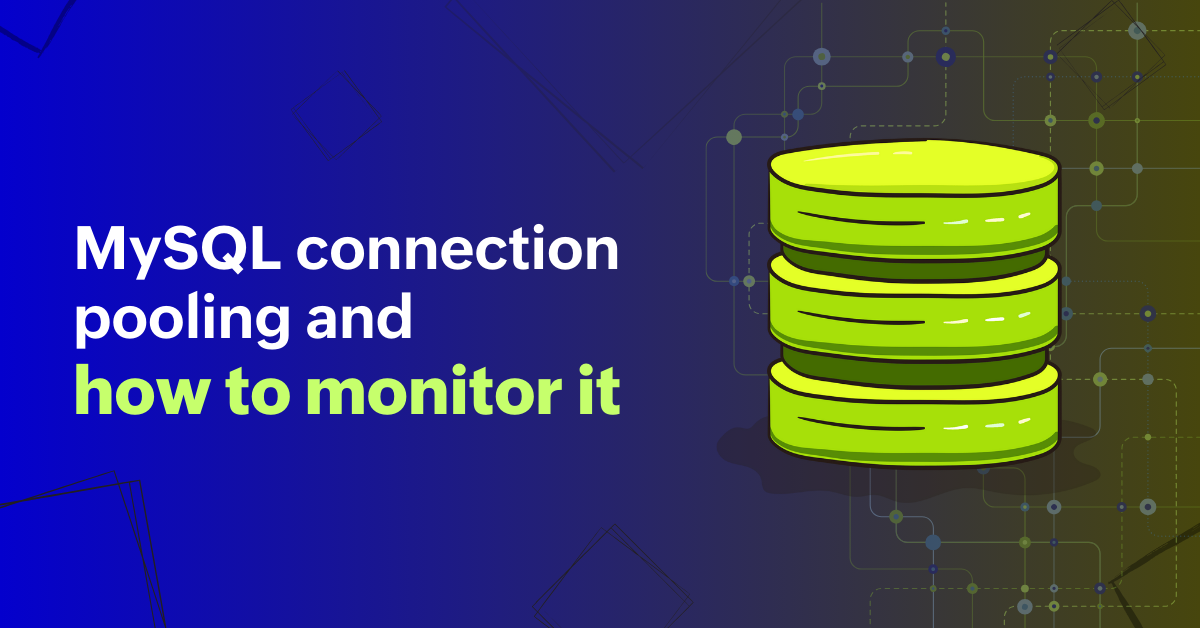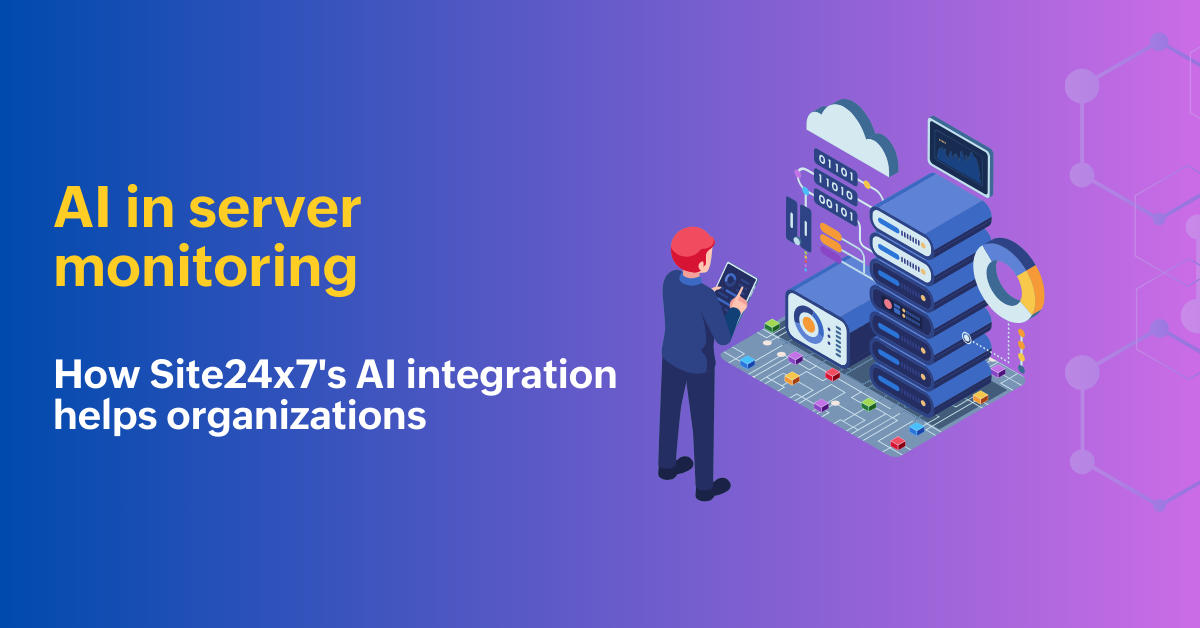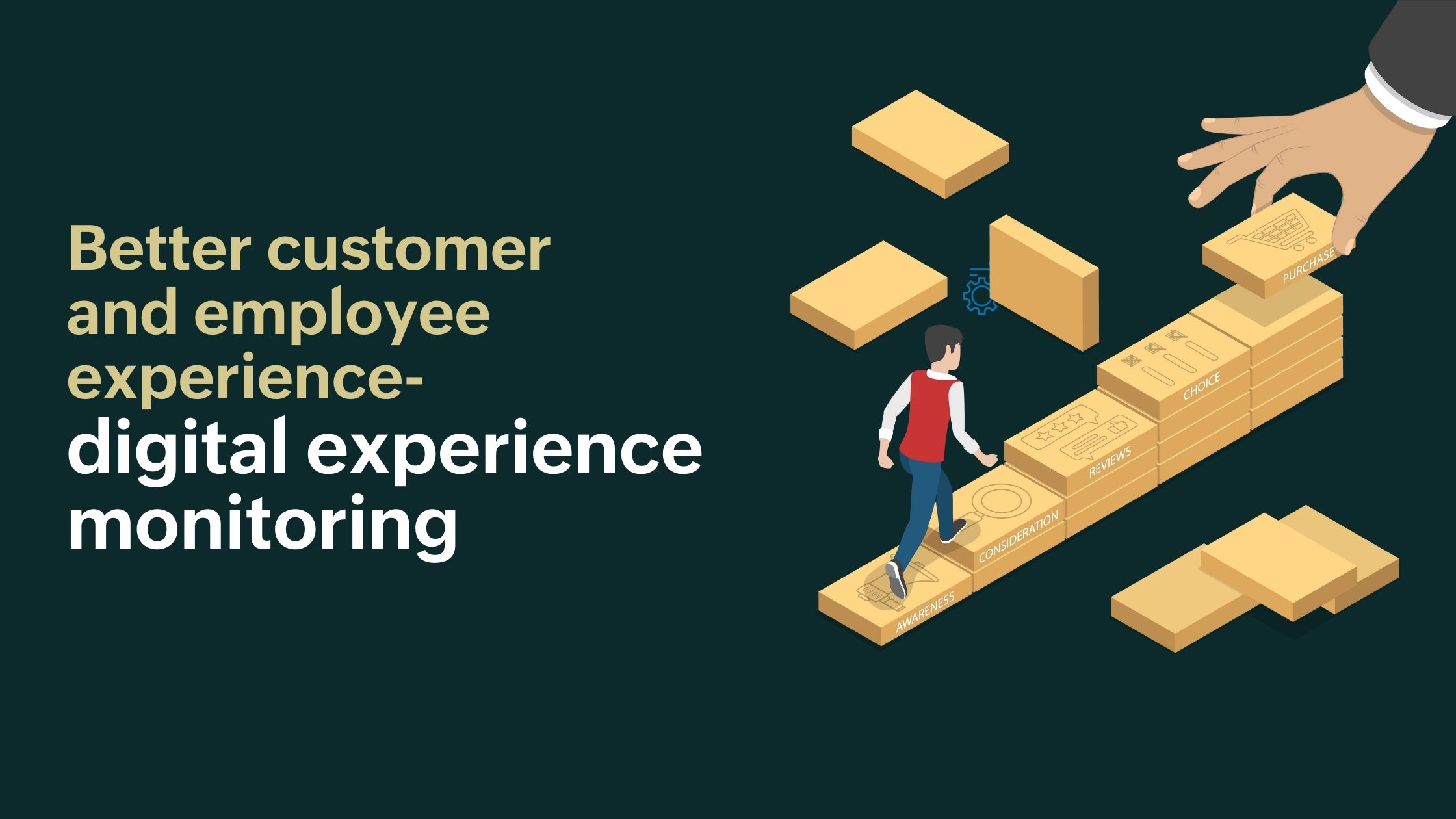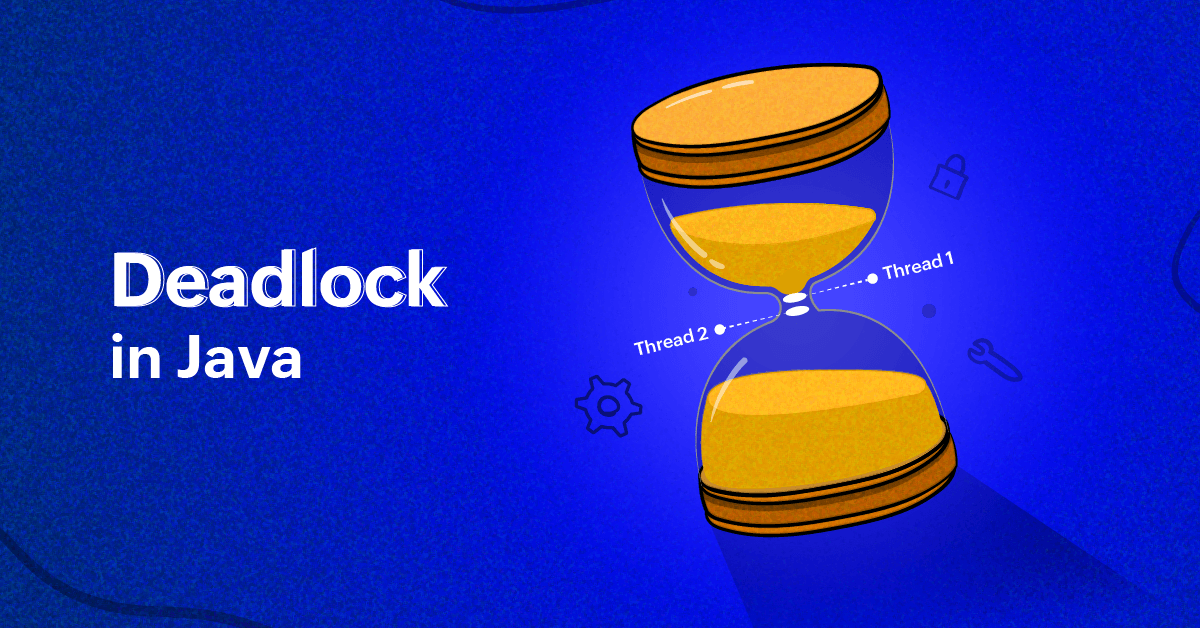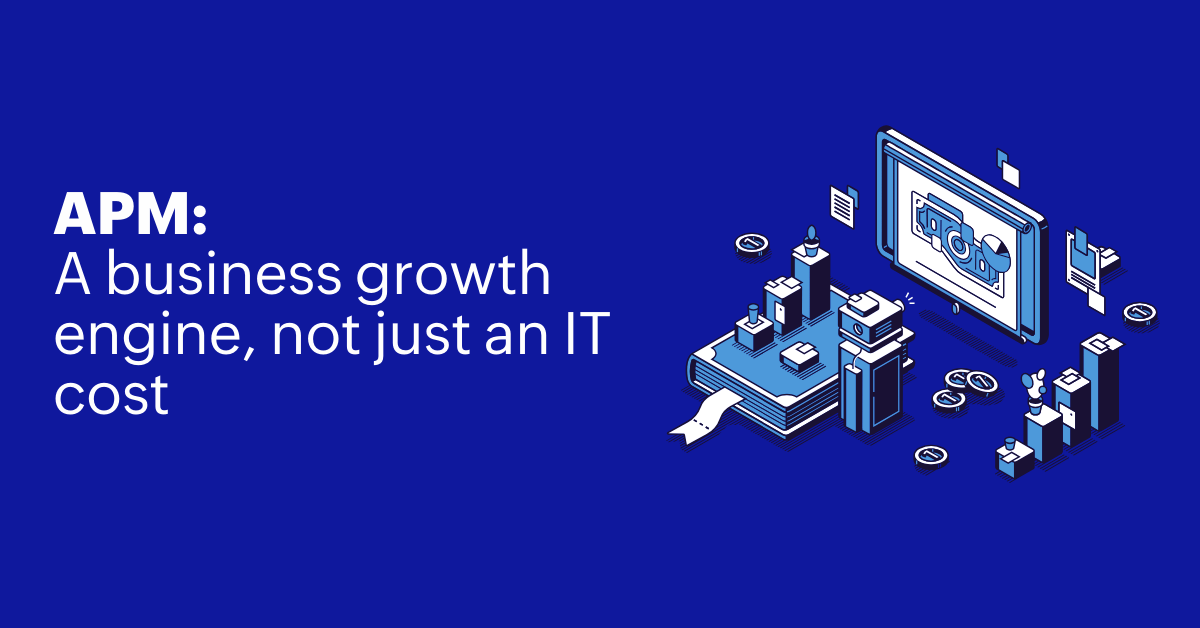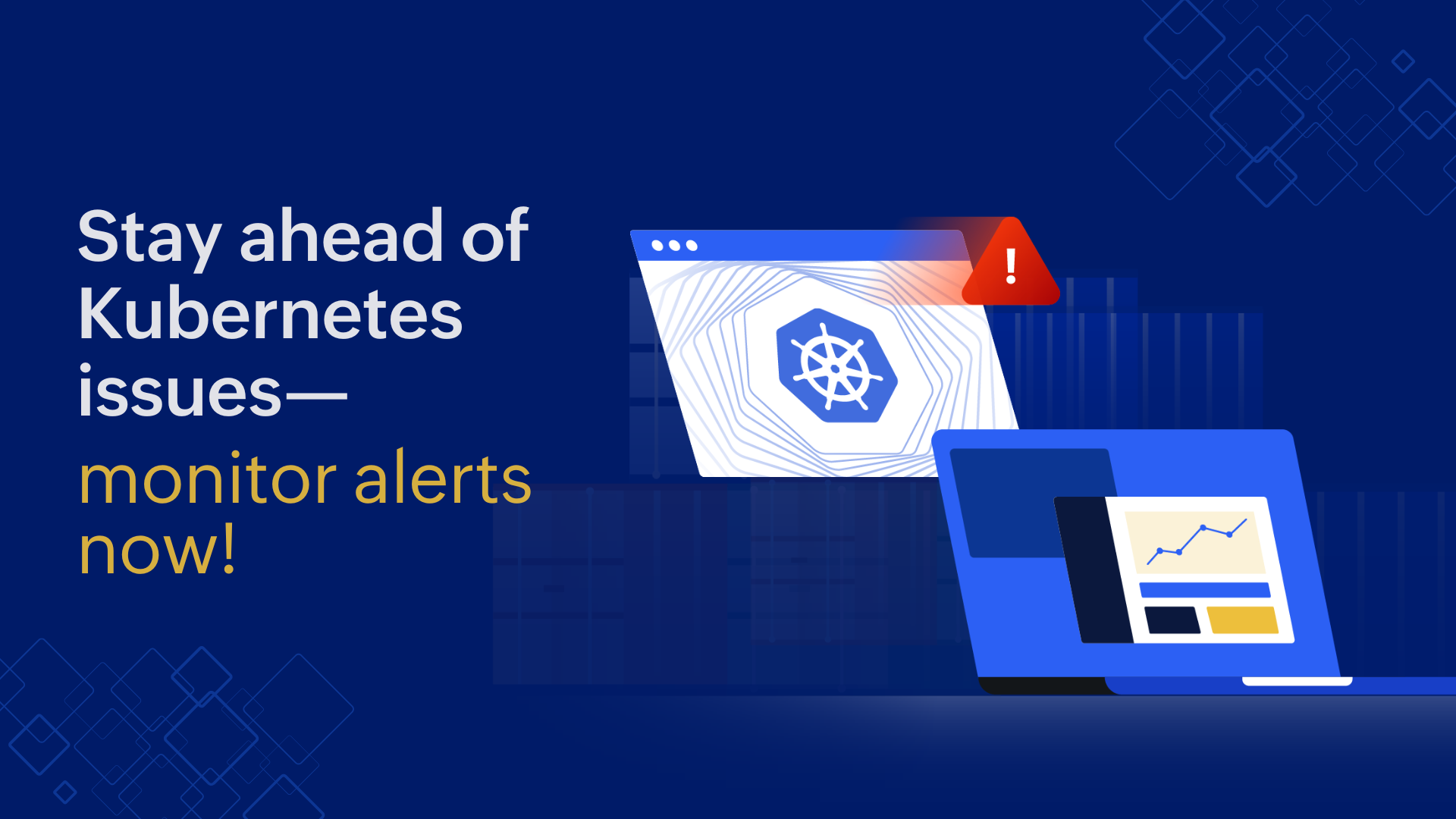Mastering MySQL connection pooling: Why monitoring matters
MySQL connection pooling is revolutionary because it speeds up queries, conserves resources, and allows applications to handle high traffic effortlessly. Yet here's the catch: If your connection pools aren't monitored properly, they can become hidden bottlenecks that slow everything down. Let's break down what MySQL connection poo...
AI in server monitoring
As organizations increasingly rely on complex server ecosystems, traditional monitoring methods often struggle to kee pace with the volume and complexity of data generated. AI can be a star player here.
In this article, we will explore how AI is integrated into Site24x7's server monitoring; its benefits; use cases; and how it empowe...
How digital experience monitoring (DEM) tools improve both customer and employee journeys
Imagine a travel agency: Customers browsing for a dream vacation encounter messy website navigation and longer load times, leading to lost bookings. With a DEM platform, the navigation bottlenecks can be identified. These insights can then be used to refine the website design, providing a more intuitive and efficient user experience while sim...
Identifying and fixing deadlocks in Java
Deadlocks are common in multi-threaded applications and can be caused by improper handling of shared resources such as:
Use tools like a thread dump analyzer to analyze the state of threads periodically and identify potential deadlocks.
Cultural change and leadership in adopting DEM for business innovation
Digital experience monitoring, or DEM, is now an essential part of digital enterprises rather than a supplemental tool. It enables businesses to comprehend fully and optimize user interactions across all touchpoints , including internal tools, mobile applications, and websites. But using DEM successfully requires more than just installing new...
Continuous Microsoft app monitoring: A step-by-step approach to iterative optimization
7 pro tips for optimizing AWS Lambda functions
In this guide, we’ll explore key performance bottlenecks and actionable tips to optimize AWS Lambda for speed, scalability, and cost-effectiveness.
Here are some of the common factors affecting Lambda performance:
